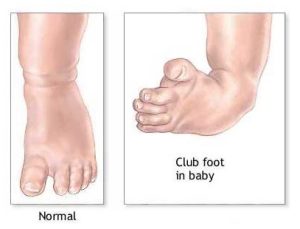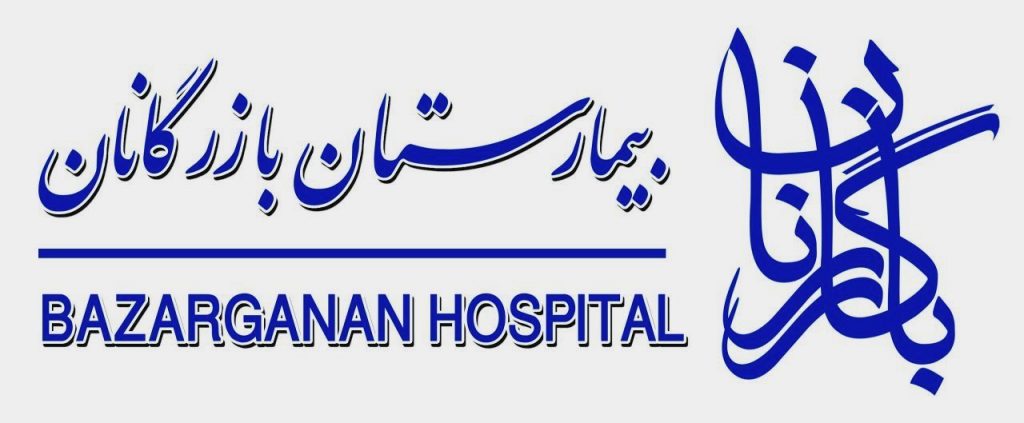Clubfoot
Clubfoot occurs when a foot and ankle are permanently twisted. In clubfoot, the ligaments and tendons that hold the muscles to the bones are too tight. This causes the tissues around the ankle to hold the foot in an abnormal position. Clubfoot resembles the head of a golf club, which is how it got its name.
Clubfoot is a congenital deformity, which means you’re born with the condition. Doctors usually diagnose it immediately after birth. It’s important to diagnose it as soon after birth as possible and start treatment. If you get treatment early, it’s more likely to be an easier and successful.

Treatment
Because your newborn’s bones, joints and tendons are very flexible, treatment for clubfoot usually begins in the first week or two after birth. The goal of treatment is to improve the way your child’s foot looks and works before he or she learns to walk, in hopes of preventing long-term disabilities.
Treatment options include:
- Stretching and casting (Ponseti method)
- Surgery
Stretching and casting (Ponseti method)
This is the most common treatment for clubfoot. Your doctor will:
- Move your baby’s foot into a correct position and then place it in a cast to hold it there
- Reposition and recast your baby’s foot once a week for several months
- Perform a minor surgical procedure to lengthen the Achilles tendon (percutaneous Achilles tenotomy) toward the end of this process
After the shape of your baby’s foot is realigned, you’ll need to maintain it with one or more of the following:
- Doing stretching exercises with your baby
- Putting your child in special shoes and braces
- Making sure your child wears the shoes and braces as long as needed — usually full time for three months, and then at night and during naps for up to three years
For this method to be successful, you’ll need to apply the braces according to your doctor’s directions so that the foot doesn’t return to its original position. The main reason this procedure sometimes doesn’t work is because the braces are not used as directed.
Surgery
If your baby’s clubfoot is severe or doesn’t respond to nonsurgical treatments, more-invasive surgery may be needed. An orthopedic surgeon can lengthen or reposition tendons and ligaments to help ease the foot into a better position. After surgery, your child will be in a cast for up to two months, and then need to wear a brace for a year or so to prevent the clubfoot from coming back.
Even with treatment, clubfoot may not be totally correctable. But in most cases, babies who are treated early grow up to wear ordinary shoes and lead full, active lives.
If your baby is born with clubfoot, he or she will likely be diagnosed soon after birth. In some cases, your baby’s doctor may refer you to a pediatric orthopedist.


